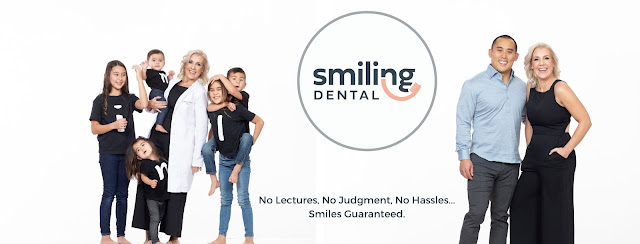Your website is often the first impression a potential patient has of your dental practice. An outdated website can lead them to think your dentist's office doesn’t offer modern services or use the latest technology.
That’s why it’s important to continuously maintain your website and update it with the latest dental web design trends.
By update, we don’t mean a complete overhaul. We’re talking about updates that make your current site easier to use (for both you and patients), more informative for patients, and more integrated with your already existing dental processes.
Below we rounded up the top dental web design trends you can easily add to your existing website if you want to grow your practice and patient base.
Best Dental Web Design Trends in Los Angeles
1. [Video] Content is King
Video has the power to increase engagement and conversions on your dental website in Los Angeles.
Why is it so powerful?
Because it’s captivating. The right video content aimed at patients can swiftly move them from ‘I’m kinda-interested in being a patient’ to ‘I’m calling you now to schedule an appointment’.
Video can also improve your rankings in the search engines. With YouTube being the second largest search engine in the world, right behind Google, you have more opportunities to show up in the search results.
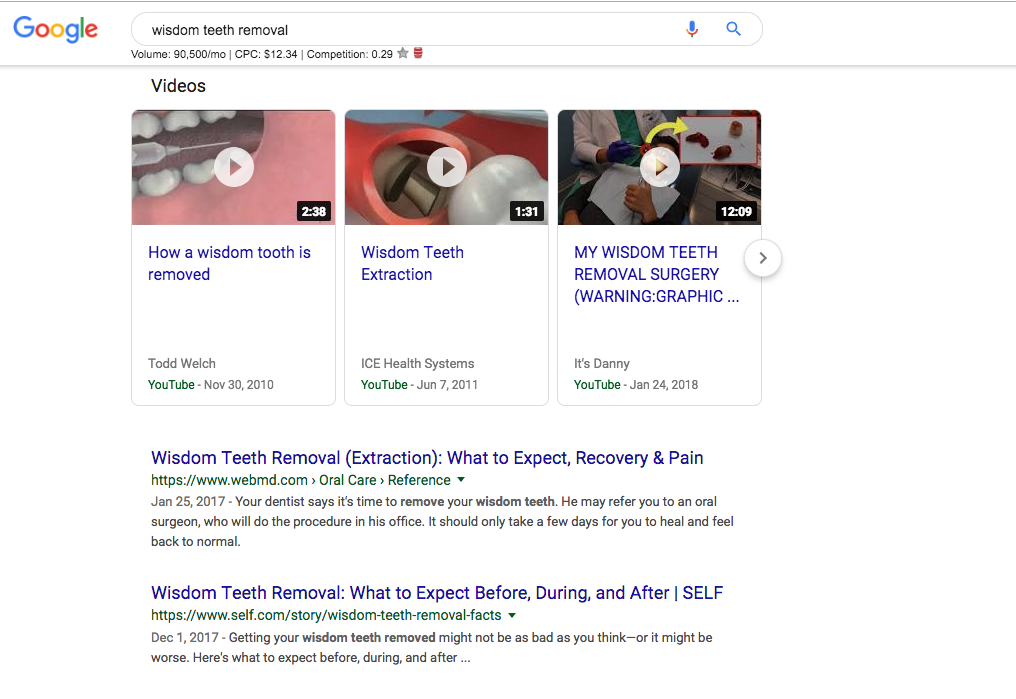 https://www.theedigital.com/wp-content/uploads/2019/04/Dental-Videos-Show-in-Search-Results-300x206.png 300w, https://www.theedigital.com/wp-content/uploads/2019/04/Dental-Videos-Show-in-Search-Results-768x528.png 768w" alt="Dental Videos Show in Search Results" width="1016" height="699" data-ll-status="loaded" />
https://www.theedigital.com/wp-content/uploads/2019/04/Dental-Videos-Show-in-Search-Results-300x206.png 300w, https://www.theedigital.com/wp-content/uploads/2019/04/Dental-Videos-Show-in-Search-Results-768x528.png 768w" alt="Dental Videos Show in Search Results" width="1016" height="699" data-ll-status="loaded" />
2. Mobile-First Approach to Your Dentist Website
How does your website look on your smartphone? What about your iPad or Surface Pro?
If your website isn’t easy to use or navigate on your phone or tablet, then it’s also difficult for visitors to use as well. About 70% of searches are performed on a mobile device, making mobile web design in los angeles a necessity.
 https://www.theedigital.com/wp-content/uploads/2015/06/better-dentistry-web-design-raleigh-300x200.jpg 300w, https://www.theedigital.com/wp-content/uploads/2015/06/better-dentistry-web-design-raleigh.jpg 2000w" alt="Better Dentistry - Dental WordPress Wbeiste" width="640" height="426" data-ll-status="loaded" />
https://www.theedigital.com/wp-content/uploads/2015/06/better-dentistry-web-design-raleigh-300x200.jpg 300w, https://www.theedigital.com/wp-content/uploads/2015/06/better-dentistry-web-design-raleigh.jpg 2000w" alt="Better Dentistry - Dental WordPress Wbeiste" width="640" height="426" data-ll-status="loaded" />
Due to the large amounts of mobile search traffic, Google also favors mobile-friendly websites over non-mobile websites. In 2018, Google introduced its Mobile-First Index, where the mobile version of a website is the first thing Google looks at when indexing websites.
The bottom line, if your site isn’t mobile-friendly yet, it’s time to make the upgrade. Not sure if your site is responsive? You can test it here.
3. A Secure Website is a Happy Website
Website security is important for protecting sensitive data on your website. And while you might not think your dental website needs protection, your website visitors and patients do … especially if you want them to fill out patient forms on your website.
Sensitive data includes PII, personally identifiable information. According to STIP, PII is information about someone that can be used to personally identify or trace their identity.
This is crucial to understand because protecting your patient’s identity and medical history falls under HIPAA regulations. (PII is similar to PHI, protected health information.)
So how do you protect your patient’s data and your website? By adding an SSL certificate.
 https://www.theedigital.com/wp-content/uploads/2019/04/Secure-Your-Website-Dental-Web-Design-Trends-2019-300x92.png 300w" alt="Secure Your Website" data-ll-status="loaded" />
https://www.theedigital.com/wp-content/uploads/2019/04/Secure-Your-Website-Dental-Web-Design-Trends-2019-300x92.png 300w" alt="Secure Your Website" data-ll-status="loaded" /> https://www.theedigital.com/wp-content/uploads/2019/04/Not-Secure-Website-Dental-Web-Design-Trends-2019-300x120.png 300w" alt="Not Secure Website" data-ll-status="loaded" />
https://www.theedigital.com/wp-content/uploads/2019/04/Not-Secure-Website-Dental-Web-Design-Trends-2019-300x120.png 300w" alt="Not Secure Website" data-ll-status="loaded" />4. Hey Google, What Dentists Are Near Me?
According to a 2018 BrightLocal study, they found that:
- 58% of voice assistant owners have used voice search to find local business information during the last year;
- 48% of voice search users look for local businesses daily, that means you, local dentist!
- 27% of visitors check out the website of a local business after conducting a voice search;
- 51% of adults conduct a minimum of one voice search a day.
Boost Your Rankings with These Dental Web Design Trends
Patients won’t be able to find you if you don’t rank well in the search results. Boost your Dental SEO and rankings by implementing a few of these trends to get new patients and grow your practice.
Ready to take your Dental Practice to the Next Level?
Contact Us At Dental Web Design Los Angeles



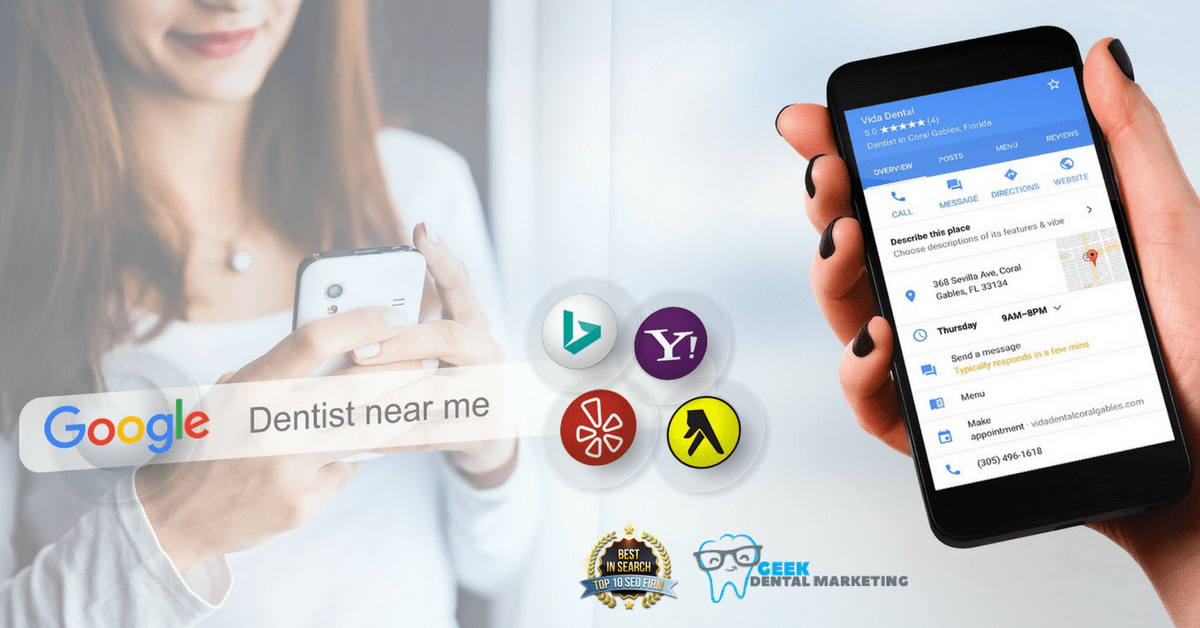 https://www.geekdentalmarketing.com/wp-content/uploads/2018/09/AUTOMOTIVE-300x157.png 300w,
https://www.geekdentalmarketing.com/wp-content/uploads/2018/09/AUTOMOTIVE-300x157.png 300w, 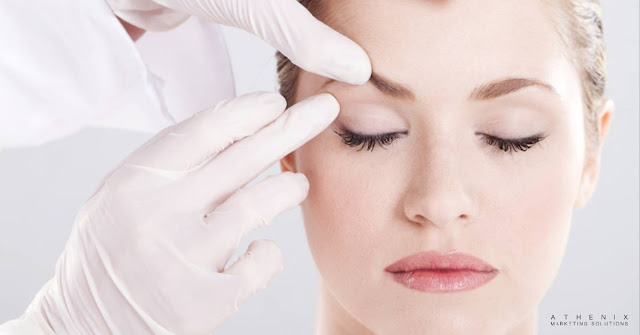
 https://2bgpyeorlsk30bsng2euqc61-wpengine.netdna-ssl.com/wp-content/uploads/2019/02/plastic-surgery-marketing2-768x1696.jpg 768w,
https://2bgpyeorlsk30bsng2euqc61-wpengine.netdna-ssl.com/wp-content/uploads/2019/02/plastic-surgery-marketing2-768x1696.jpg 768w, 



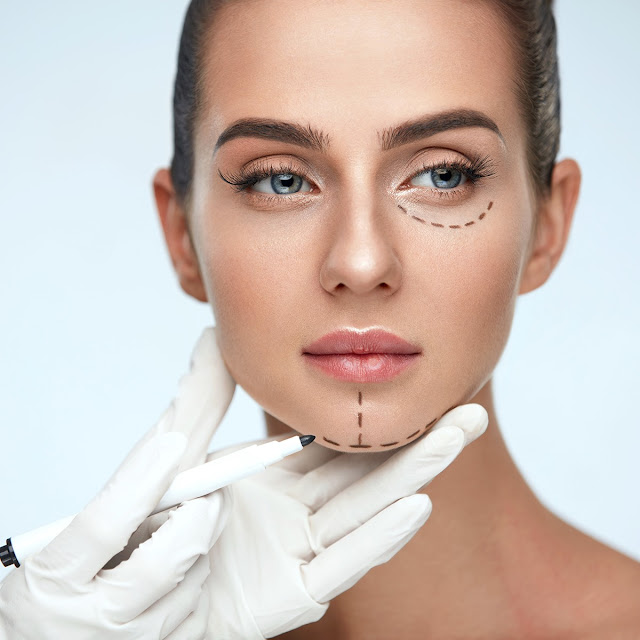


 https://secureservercdn.net/198.71.233.47/2hx.ba0.myftpupload.com/wp-content/uploads/2020/01/IMG_1442-300x89.jpg 300w,
https://secureservercdn.net/198.71.233.47/2hx.ba0.myftpupload.com/wp-content/uploads/2020/01/IMG_1442-300x89.jpg 300w,  https://nitrocdn.com/UPOiXNWATYdPFeCQakEsZJjqTIzELvtJ/assets/static/optimized/198.71.233.47/2hx.ba0.myftpupload.com/wp-content/uploads/2020/08/21ff257f97996b8348433fb4d6401fea.02-23-Blog2-300x169.png 300w,
https://nitrocdn.com/UPOiXNWATYdPFeCQakEsZJjqTIzELvtJ/assets/static/optimized/198.71.233.47/2hx.ba0.myftpupload.com/wp-content/uploads/2020/08/21ff257f97996b8348433fb4d6401fea.02-23-Blog2-300x169.png 300w, 